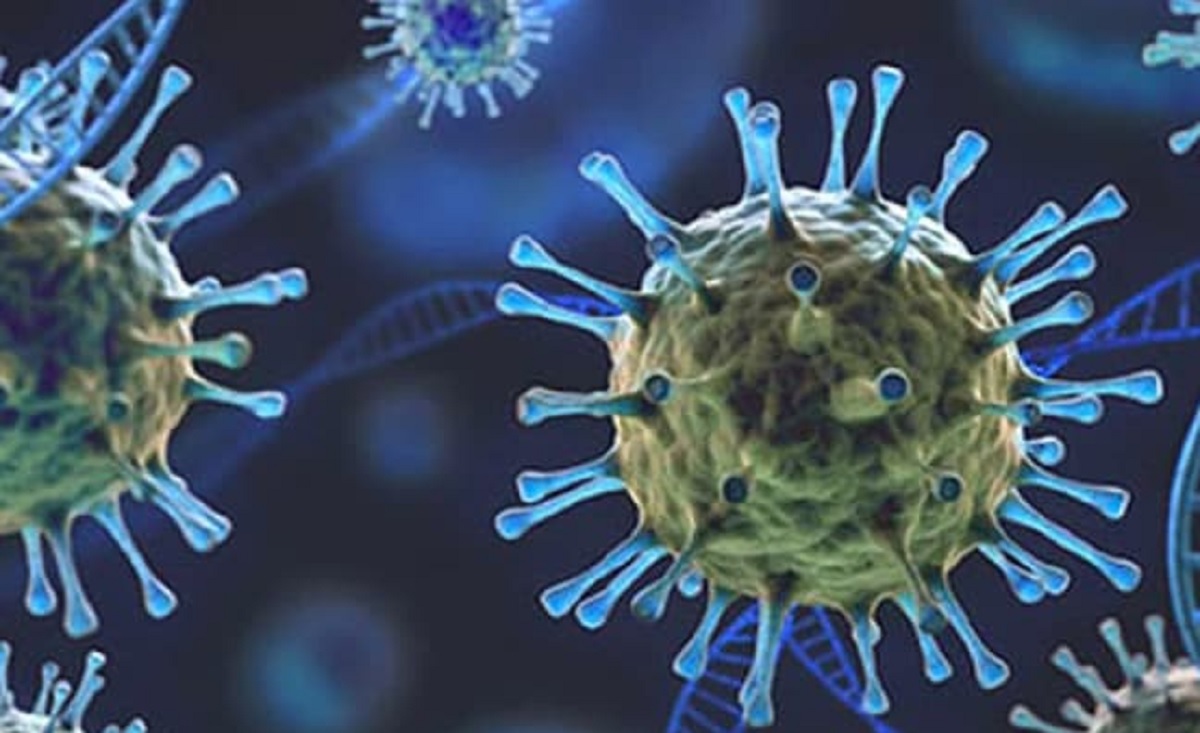Omicron Variant: A Forthcoming Threat?
By Carlos Manuel Eusoya
Sources: CNN World, CNN PH, WHO, CDC, Genome.gov, Medium, NCBI, Science Media Center, European Center for Disease Prevention and Control, The Guardian, South China Morning Post, ABC News
 |
| PHOTO: News Flash UK |
First detected on November 24, 2021 by a team of South African scientists, the COVID-19 Omicron variant is now designated as a “variant of concern” (VOC) by the World Health Organization (WHO). International travel restrictions have been set in place, vaccine developers and researchers have started their studies, and health organizations have begun assessing the potential impact of the novel variant.
But, what exactly is the Omicron variant? Is it as frightening as other variants?
Monstrous mutations
A variant is a type of virus that has genetic differences from the original virus. The genetic differences are caused by mutations.
Think of the coronavirus as a collection of different building blocks. These building blocks are the RNA or ribonucleic acid of the microorganism. The RNA is the blueprint of the virus; it determines the latter’s appearance and composition. If one extra block was added, removed, or substituted in the collection of RNA building blocks, the virus will mutate.
Some mutations do not directly affect the virus’ genetic composition or behavior. However, other mutations can strengthen the microorganism and make it more transmissible.
The Omicron variant alone has more than 30 mutations! Most of the mutations are located in the “spike protein” of the virus. The spike protein is needed by the virus to enter the cell of their hosts. With so many mutations in the spike protein, there is a high possibility that the Omicron variant can easily penetrate our cells and infect our bodies faster. Fortunately, this claim is yet to be confirmed and is still being studied by researchers worldwide.
“While this is concerning, as the WHO has indicated, I do think that we have to step back and wait for the science on this,” epidemiologist Dr. Abdul El-Sayed explained.
Compare and contrast: Delta and Omicron
One can only imagine the level of increased strength that the Omicron variant has compared to the previous versions of the virus. But, is the Omicron variant comparable to the Delta variant?
Both Omicron and Delta have mutations in their spike proteins that allow them to infect and spread more easily. However, unlike Omicron which has 30 mutations, the Delta variant only has 13.
Moreover, the Omicron variant has several other mutations aside from the spike protein. It has also mutated its membrane protein. The membrane protein is used to assemble the virus. Through mutations in this protein, the virus could assemble and gear itself at a faster rate, thus increasing the risk of infection.
Studies are still ongoing and there is still no definite answer as to whether Omicron is more dangerous than Delta. “The reality is we've only known about this virus for just over a week, so we don’t really have the kind of data required to answer those questions definitively,” said Salim Abdool Karim, the former co-chair of the South African Ministerial Advisory Committee on COVID-19. In an interview with CNN, he said that it may take weeks before scientists determine the severity of the Omicron variant.
VOC: What does that mean?
The WHO and the Center for Disease Prevention and Control (CDC) have classified the Omicron variant as a VOC or variant of concern. This is the second highest level in the variant classification system of WHO and CDC.
The lowest level is the VBM or the variants being monitored. These variants do not affect health measures and do not pose a higher risk of infection.
The next level is the VOI or variants of interest. These variants have few genetic mutations that allow them to spread faster and make them more difficult to treat.
The succeeding level is the VOC, where the Omicron variant belongs. VOCs interfere with vaccine effectiveness and spread more rapidly. They are very difficult to treat and diagnostics are unable to detect them immediately.
The final level is the VOHC or the variant of high consequence. These variants disrupt health measures being implemented. They cannot be detected by swab tests and they reduce the efficacy rates of vaccines. There are currently no VOHC detected globally.
The battle that lies ahead
Now that we have understood the basics about the mutations of the Omicron variant, the comparison between Omicron and Delta, and the concept of VOC or variants of concern, we can finally ask: what is the world’s strategy for the battle that lies ahead?
The WHO has called on nations to enhance their surveillance for the Omicron variant. They have also asked countries to start their scientific studies and submit data to GISAID (a database for information regarding the genetics and RNA of COVID-19).
Meanwhile, nations have started imposing international travel restrictions. The European Center for Disease Prevention and Control (ECDC) said that travel restrictions will give countries time to prepare in case the Omicron variant starts another COVID wave.
Vaccine developers have also begun collecting samples of the variant to test the efficacy of their vaccines against Omicron. AstraZeneca, Moderna and Johnson & Johnson are already studying the variant’s impact on vaccine effectiveness, while Sputnik Light and Sinovac are planning to mass-produce versions of their vaccines that are effective against the Omicron variant.
As the forthcoming threat of Omicron begins to loom over the globe, it is only proper that scientists and citizens alike educate themselves about the nature of this new variant. Knowledge is the key to protect ourselves from the dangers that this new variant may bring.
